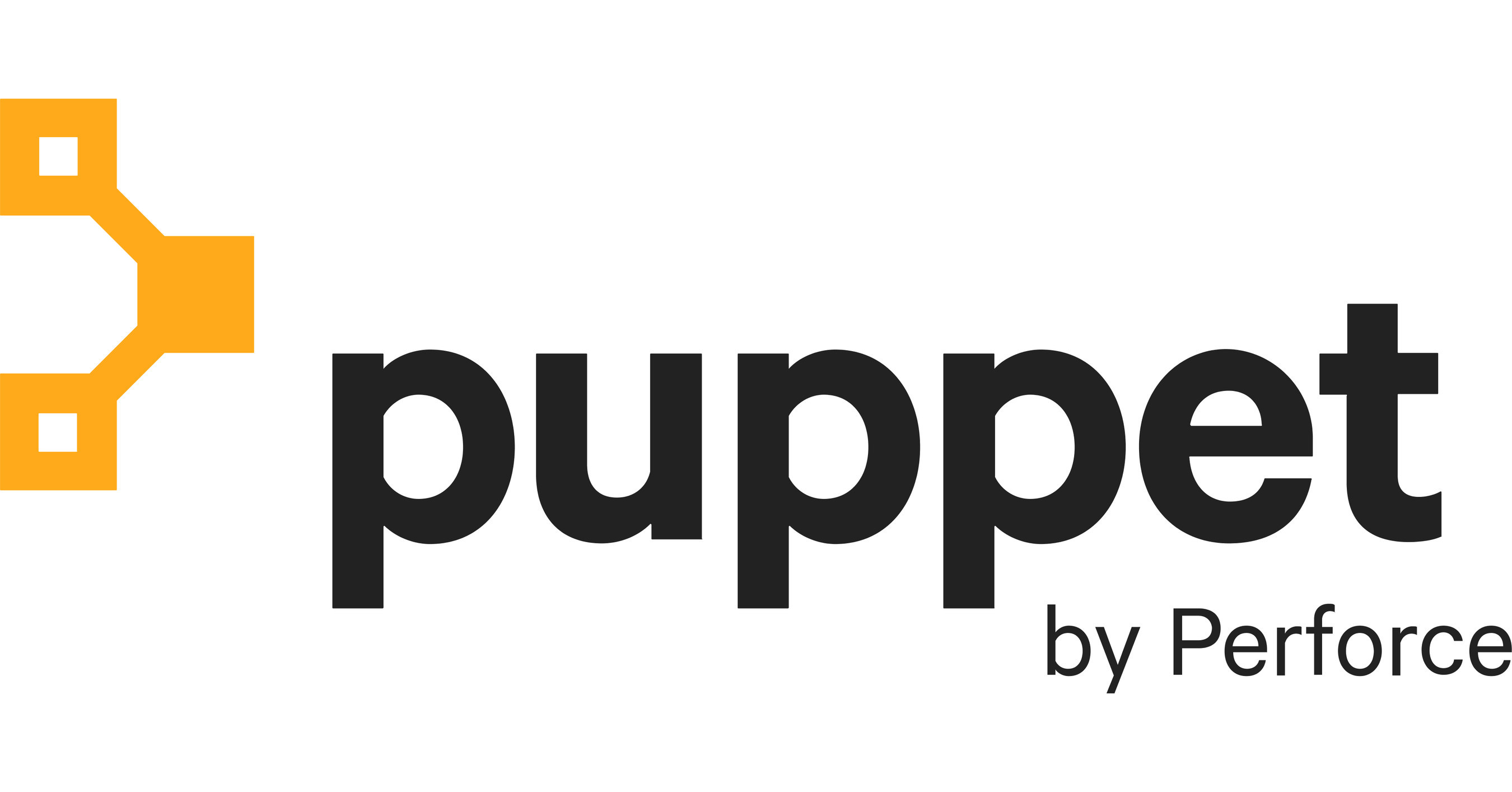Hardening SSH with Puppet

Author: Baden
May 15, 2025
Introduction
In today’s security landscape, leaving your infrastructure’s SSH configuration at
its defaults is like locking your front door but leaving the key under the mat. As the most common
remote access method on Unix-like systems, SSH is also a primary target for attackers. Configuration
drift, weak policies, and human error can expose critical systems to brute-force attacks, privilege
escalation, and compliance violations
In this article, we'll walk through how to enforce secure SSH configurations
across your fleet using Puppet, with a focus on the official puppetlabs/ssh module.
🚀 Why Use Puppet for SSH Hardening?
Puppet allows you to:
- Define desired state of system configurations (declarative IaC).
- Apply changes consistently across hundreds or thousands of machines.
- Prevent drift, ensuring configurations stay secure.
- Enable audits, making it easy to prove compliance with internal or external standards.
SSH is a perfect use case: critical, ubiquitous, and frequently misconfigured.
🔧 Key SSH Security Settings
Here are some of the most important SSH settings you may want to enforce. Of
course, every enviroment is different so feel free to modify.
| Setting | Recommended Value | Reason |
|---|---|---|
PermitRootLogin |
no or prohibit-password |
Prevents direct root access |
PasswordAuthentication |
no |
Forces use of SSH keys |
X11Forwarding |
no |
Minimizes attack surface |
MaxAuthTries |
3 |
Reduces brute-force risk |
AllowUsers |
Specific accounts | Controls login access |
LogLevel |
VERBOSE |
Improves audit trail |
ClientAliveInterval |
300 |
Auto-closes idle sessions |
📦 Using the saz/ssh Module
Instead of managing raw files or templates, the saz/ssh module provides a
clean, structured interface to manage both SSH client and server settings with native Puppet resources.
Make sure to check out the Puppet Forge page here before installing anything.
After checking the module out, install the module from Puppet Forge by adding it
to your Puppetfile:
mod 'saz-ssh', '13.1.0' # Check Forge for the latest version
✏️ Example: Harden SSH with Puppet
Here’s how to lock down SSH on all your servers using the saz/ssh class:
class { 'ssh':
server_options => {
'PermitRootLogin' => 'no',
'PasswordAuthentication' => 'no',
'X11Forwarding' => 'no',
'MaxAuthTries' => '3',
'AllowUsers' => 'adminuser',
'ClientAliveInterval' => '300',
'LogLevel' => 'VERBOSE',
},
}
This simple class call will:
- Writes a secure /etc/ssh/sshd_config
- Manages the SSH service to ensure it's running
- Automatically reloads the service when the config changes
You can also manage SSH client options using the client_options parameter if
needed.
📍 Using Hiera for Clean Configuration
To keep your Puppet code tidy and environment-aware, use Hiera to define SSH
settings:
ssh::server_options:
PermitRootLogin: 'no'
PasswordAuthentication: 'no'
X11Forwarding: 'no'
MaxAuthTries: '3'
AllowUsers: 'adminuser'
ClientAliveInterval: '300'
LogLevel: 'VERBOSE'
🧪 Validation and Safety
Before restarting the SSH service after applying Puppet changes, always validate
the syntax:
sshd -t
This will test the current SSH security settings to ensure it works as expected.
🧠 Final Thoughts
Security shouldn’t be optional or manual. By using the saz/ssh module with
Puppet, you make SSH hardening automatic, scalable, and consistent.
From disabling root login to enforcing SSH key-based auth and reducing brute-force risk, every tweak
helps close the door to attackers—without extra work from your ops team.
Make security the default, not an afterthought. Let Puppet enforce it for you.
